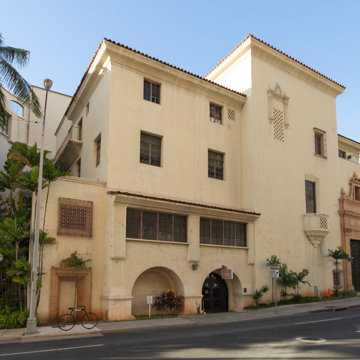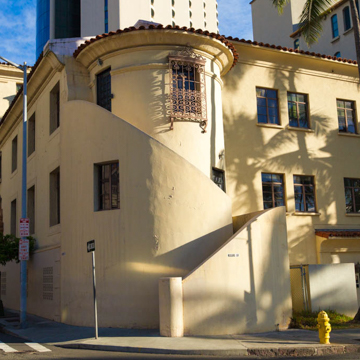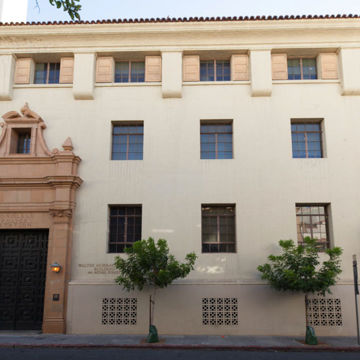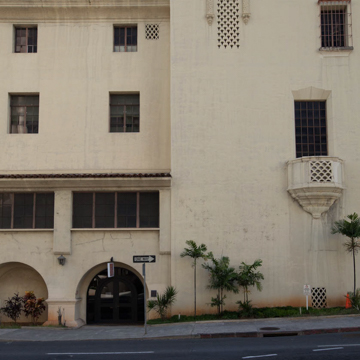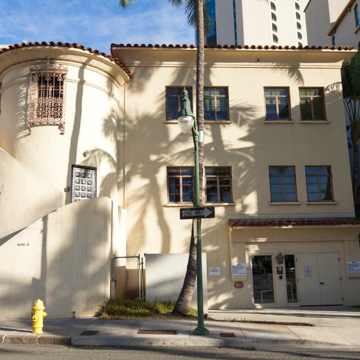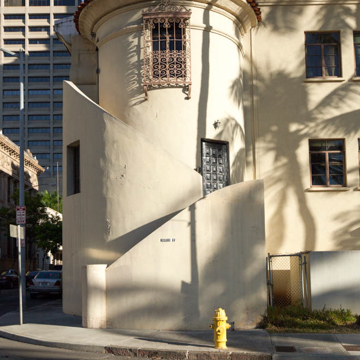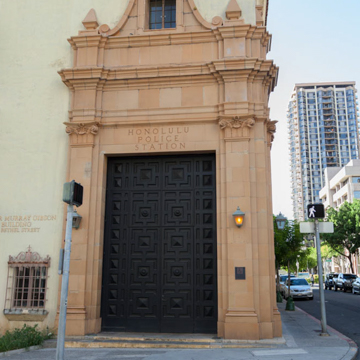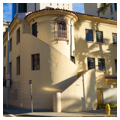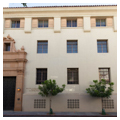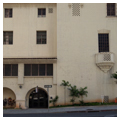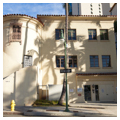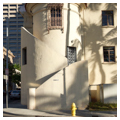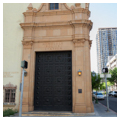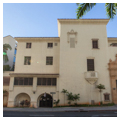You are here
Office Building (Police Station)
The terra-cotta-framed, eighteen-foot-high entrance of this Spanish Colonial Revival building anchors the corner of Bethel and Merchant streets. Nonfunctional masonry and wrought-iron balconies further invoke the Spanish accent. The almost playful spirit of the balconies is complemented by the swirling stairway, part of an addition in 1939 to the Nuuanu Avenue end of the building. Tile work in the first-floor main room and the stairwell to the upper floors, lavish by Hawaii standards, is worth a look inside. French Roja Alicante marble graces the first-floor counter-tops and Italian Portoro marble frames the top floor's courtroom portals. The police outgrew the building in 1967, and the courts moved in 1983. Since that time the building has housed city and county government office space.
Writing Credits
If SAH Archipedia has been useful to you, please consider supporting it.
SAH Archipedia tells the story of the United States through its buildings, landscapes, and cities. This freely available resource empowers the public with authoritative knowledge that deepens their understanding and appreciation of the built environment. But the Society of Architectural Historians, which created SAH Archipedia with University of Virginia Press, needs your support to maintain the high-caliber research, writing, photography, cartography, editing, design, and programming that make SAH Archipedia a trusted online resource available to all who value the history of place, heritage tourism, and learning.


